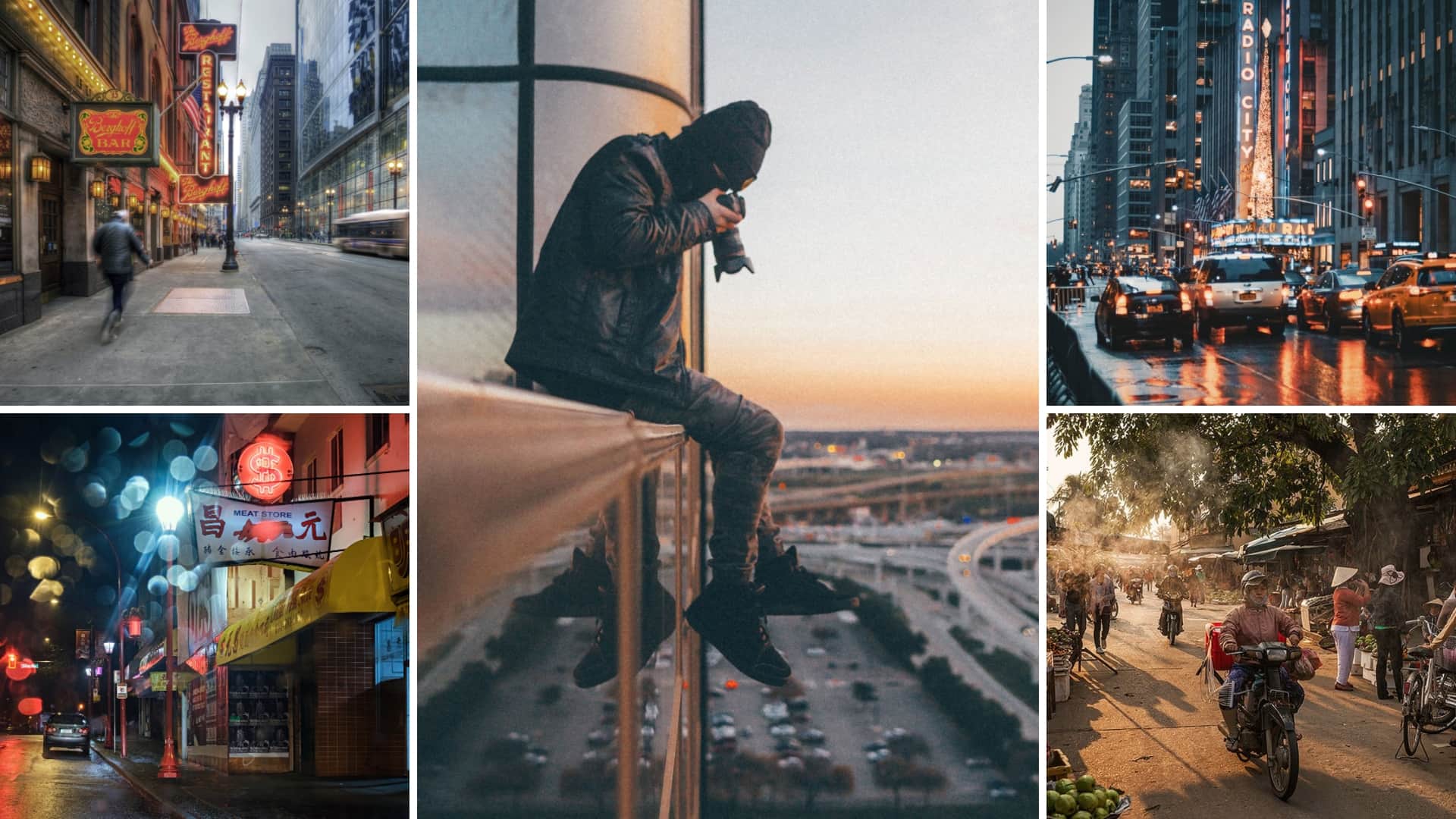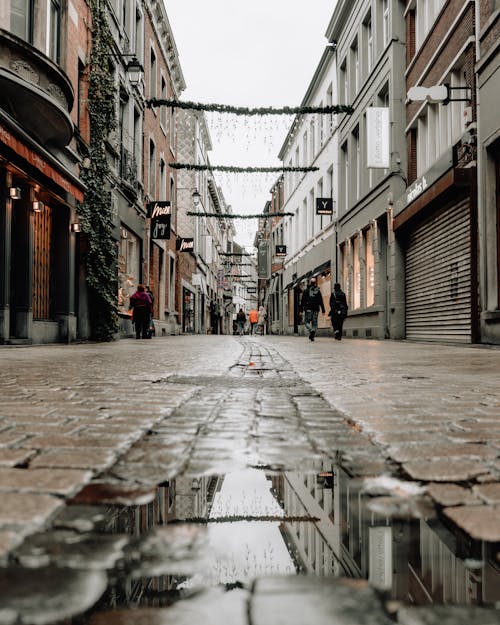About Framing Streets
All About Framing Streets
Table of ContentsThe 8-Minute Rule for Framing StreetsExcitement About Framing StreetsThe 20-Second Trick For Framing Streets8 Simple Techniques For Framing StreetsThe smart Trick of Framing Streets That Nobody is Talking AboutFraming Streets - Questions
, generally with the purpose of recording images at a decisive or emotional minute by cautious framework and timing. https://gravatar.com/davidturley33101.
, who was influenced to undertake a similar documentation of New York City. As the city created, Atget aided to advertise Parisian streets as a worthwhile topic for photography.

Framing Streets for Beginners
The principal Mass-Observationists were anthropologist Tom Harrisson in Bolton and poet Charles Madge in London, and their initial record was produced as guide "May the Twelfth: Mass-Observation Day-Surveys 1937 by over 2 hundred viewers" [] Window cleaner at Kottbusser Tor, Berlin, by Elsa Thiemann c. 1946 The post-war French Humanist College digital photographers located their subjects on the street or in the diner. Between 1946 and 1957 Le Groupe des XV each year showed job of this kind. Andre Kertesz. Circus, Budapest, 19 May 1920 Street photography formed the significant content of two events at the Gallery of Modern Art (Mo, MA) in New york city curated by Edward Steichen, Five French Professional Photographers: Brassai; Cartier-Bresson, Doisneau, Ronis, Izis in 1951 to 1952, and Post-war European Photography in 1953, which exported the idea of street digital photography internationally.
Framing Streets Can Be Fun For Everyone
The recording device was 'a hidden electronic camera', a 35 mm Contax hidden under his coat, that was 'strapped to the chest and attached to a long cord strung down the ideal sleeve'. Nevertheless, his job had little modern effect as due to Evans' level of sensitivities about the creativity of his task and the privacy of his topics, it was not published until 1966, in guide Many Are Called, with an intro composed by James Agee in 1940.
Helen Levitt, after that an educator of kids, connected with Evans in 193839. She recorded the transitory chalk illustrations - vivian maier that were part of youngsters's street culture in New York at the time, in addition to the youngsters that made them. In July 1939, Mo, MA's new photography section consisted of Levitt's job in its inaugural eventRobert Frank's 1958 publication,, was considerable; raw and commonly out of emphasis, Frank's pictures useful site examined traditional photography of the time, "challenged all the official policies put down by Henri Cartier-Bresson and Pedestrian Evans" and "contradicted the wholesome pictorialism and heartfelt photojournalism of American magazines like LIFE and Time".